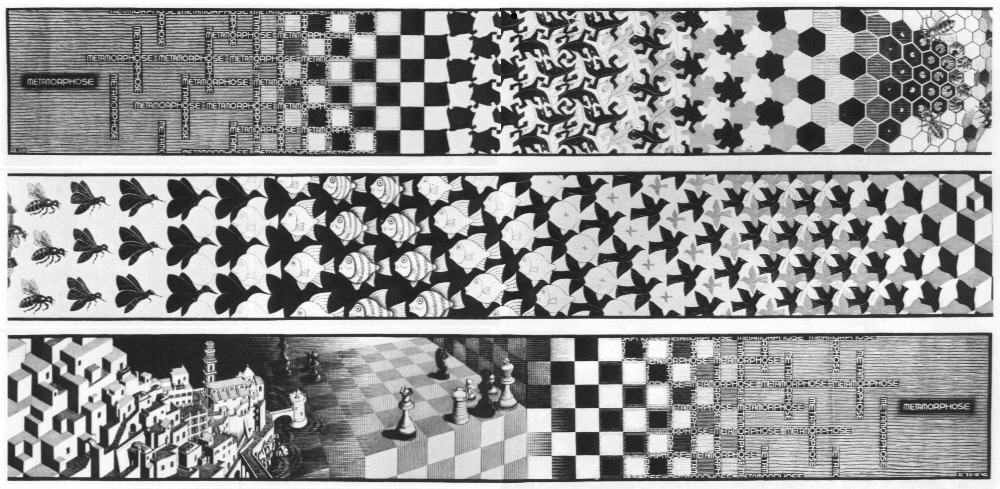Creativity is something that hasn't ever seemed like part of my personality. And for the most part, I've never had a problem with that. I get plenty of pleasure out of simply experiencing the creative works of others. And, since I am fairly proficient in music, I do enjoy performing creative works using the instruments I am familiar with. The way I see it, creativity is a win-win situation. Those who create and those who experience both benefit. For most of my life, I have been content to sit back and let other people be creative.
But for the past few months, I've started feeling a desire to create things. I've had several opportunities recently to develop my talent of singing, and some of my friends are attempting to form an a cappella group. I'd like to try writing some things that we could perform together. They probably wouldn't be very complex; mostly just some hymn arrangements. I have an idea of something I could use to write an original piece, but I won't elaborate on that until I have a better idea of what form that's even going to take. I'm definitely going to start small if I'm going to try creating anything.
Not that I haven't created anything before. I mean, I've written my fair share of book reports, essays, and (to use an example that wasn't mandated by education) blog posts. But in most of those cases, I felt more like I was transcribing something that was already there into a visible form. Especially with the blog posts. The vast majority of them (including this one) are about topics that have come into my mind lately, or things that have happened in my life, and I just put my thoughts and experiences on paper (or online). I rarely feel like it was something that I just brought into existence. But that's exactly how Dieter F. Uchtdorf describes creation:
"Creation means bringing into existence something that did not exist before."
It's talks like these that open my eyes to the concept that God wants us to create. And I've been aware of that for a while, but lately I've been feeling like now is the time for me to start really trying to create something. Specifically, a musical something.
But here's the deal. I've casually thought about that several isolated times in the past, and every time, I have this general feeling that almost everything musical that can be created has been created. And I know that Boyd K. Packer said that there is still plenty of good music that remains to be written. But even if I was to create something new, would it sound so much like an existing song that it wouldn't really even be worth it?
I do believe that the act of creation consists largely of the ability to transform an idea that's already there into another form. And maybe that's all it is. After all, the creation of the universe by God was not bringing matter into existence that didn't exist before. It was the organization of already-existing matter into a usable form. I don't really know where the ideas for creation come from, and I don't know if I will ever know, or if anybody will ever know. I don't know if there's a single hypothetical "source of creativity" that simply manifests itself in different forms, or if every conscious mind is (or can be) a source of creativity in itself. But I think before I get to the point where I feel like I can create, I'm going to have to uncover more of that mystery.

